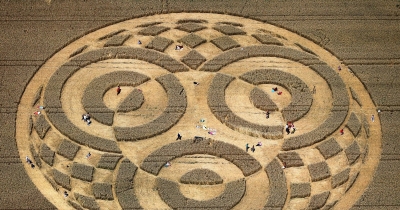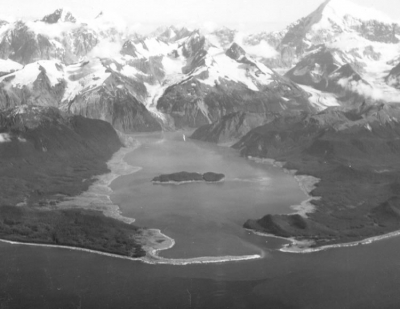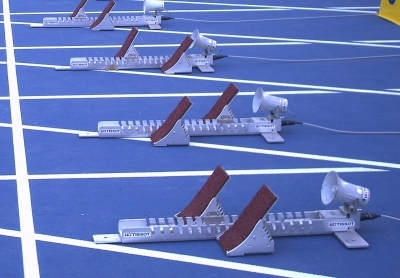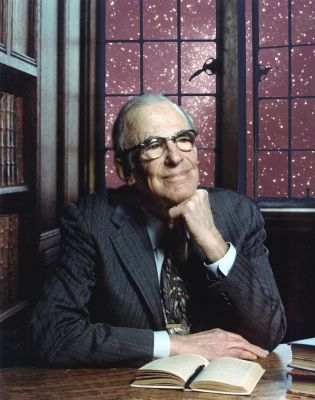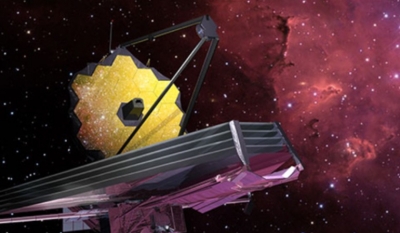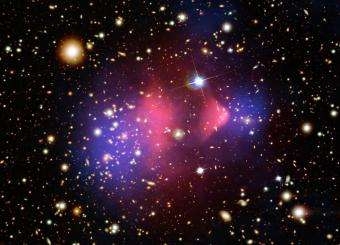What is oncologist?

Oncologists are doctors who diagnose and treat cancer. They often act as the main healthcare provider for someone with cancer—designing treatment plans, offering supportive care, and sometimes coordinating treatment with other specialists.
A person will usually see an oncologist if their primary care physician suspects that they have cancer.
A primary care physician may use MRI and CT scans as well as blood tests to confirm their diagnosis. If these tests reveal signs of cancer, they will recommend that the person visits an oncologist.
During the first appointment, the oncologist may perform a physical exam and order additional blood work, imaging tests, or biopsies. They use these tests to determine the type and stage of the cancer, which helps them identify a person’s best treatment options.
An oncologist may introduce the person to other specialists as part of the treatment team. They may also provide a general timeframe of treatment.
The exact type of treatment a person receives depends on the type and stage of the cancer. For instance, a person who has one or more tumors may see a surgical oncologist for a biopsy.
Oncologists treat early stage cancer and noninvasive tumors with surgery or radiation therapy. Advanced cancers that have already spread to different areas of the body may require chemotherapy and other systemic treatments.
Oncologists not only diagnose cancer, they can also administer treatments and closely monitor disease progression. For example, surgical oncologists can perform biopsies and remove cancerous tissue, while radiation oncologists can administer different forms of radiation therapy to destroy cancer cells and shrink tumors.
A person can expect to work with a medical oncologist throughout the course of their cancer treatment.
After a person finishes treatment, they will attend regular follow-up appointments with their medical oncologist. During these appointments, the medical oncologist may run tests to check for signs of any physical or emotional problems related to the person’s cancer treatment.
Credit : Medical News Today
Picture Credit : Google



